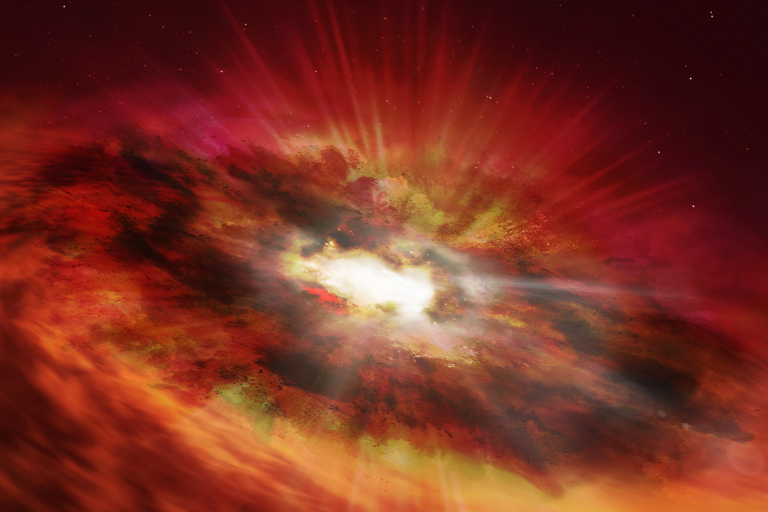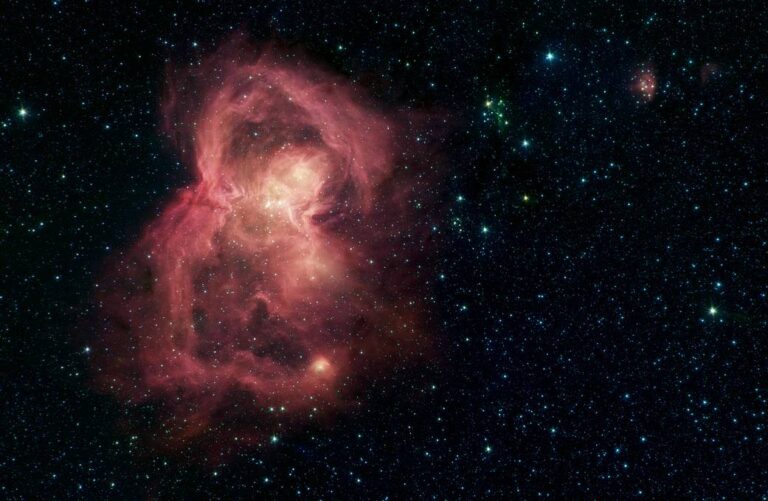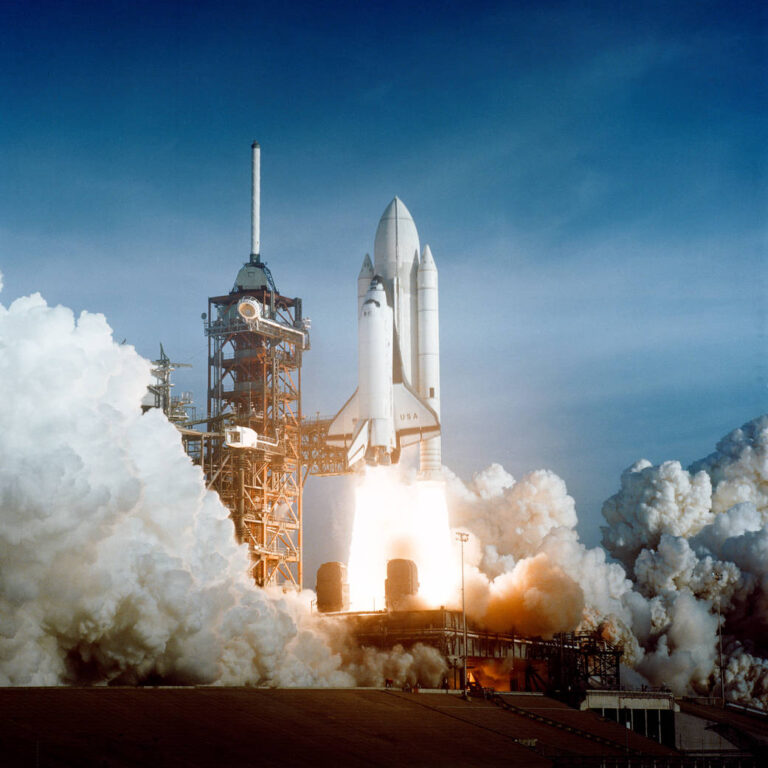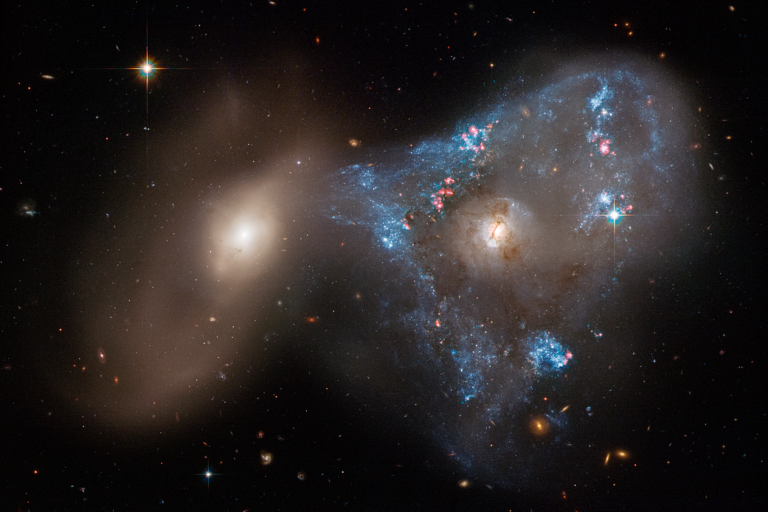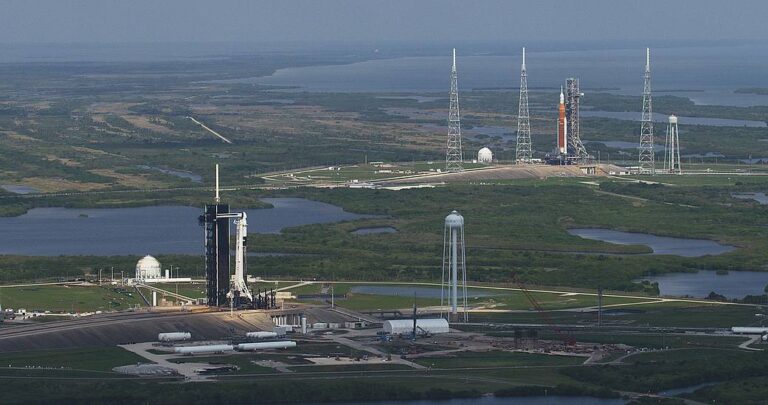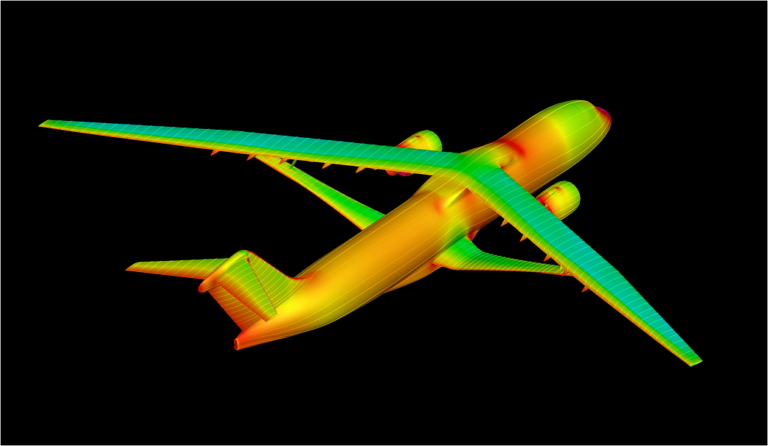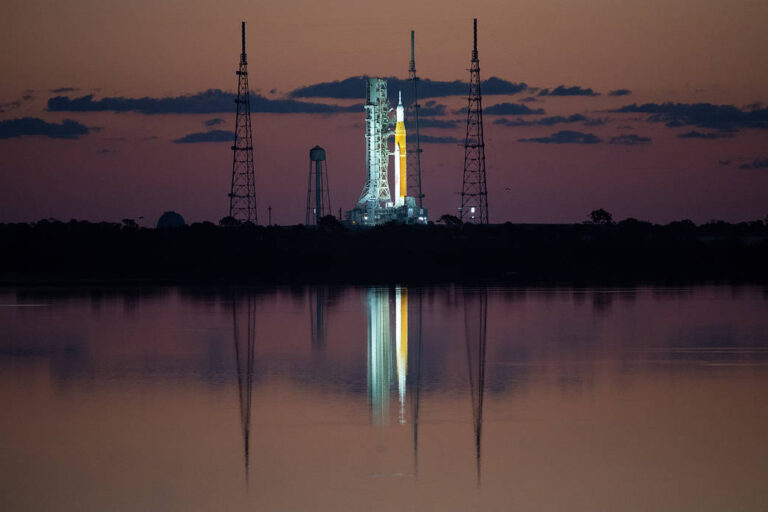夜空和国家公园
NASA and the National Park Service worked together to create a web-based tool that helps park managers better understand the impact of outdoor lighting and noise on animal species in national parks. The website allows park managers to choose a time period, such as the spring or winter seasons, and then zoom into a particular park to see sound and nighttime lights data and determine which animal species might be at risk from those sensory stimuli. Observations from space, such as nighttime light data from the NASA/NOAA Suomi NPP satellite used to produce this United States map, help to better gauge the impact of outdoor lighting on animal species in national parks. April 16-24, 2022, is National Park Week. Parks across the country are hosting…


